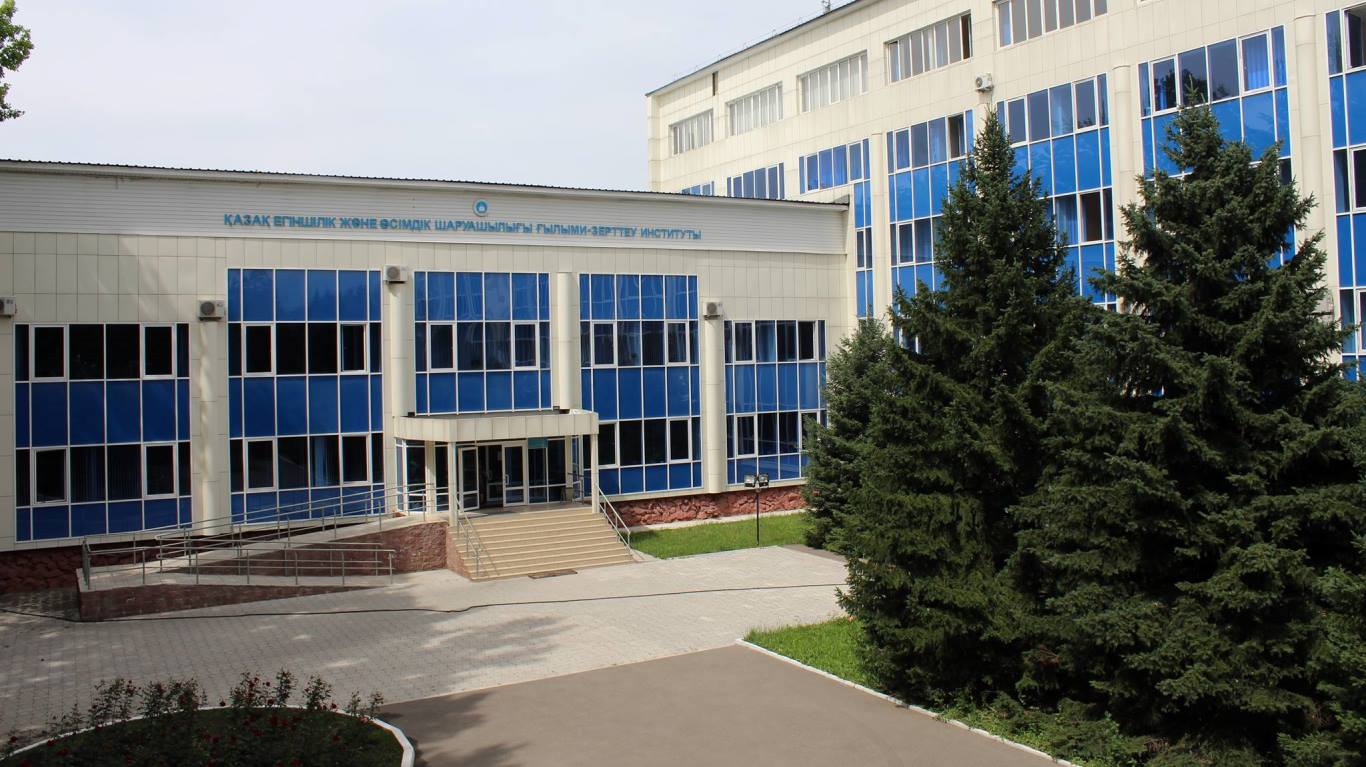
Aims and objectives of the Research Institute of Agriculture and Crop Production of Kazakhstan
By 1932 in Kazakhstan more than 10 research institutes and experimental stations were already operating. But one more scientific research institute has already appeared in 1934 in the republic. On the basis of Alma-Ata agricultural experimental station the Kazakh Scientific Research Institute of Agriculture named after Vasiliy Williams was founded. From the first day of its work, the Institute became the leading research center in the field of agriculture and crop production. Employees of the new scientific institution started basic and applied research, the main goal of which is to create new crops with improved performance. In addition, the specialists of the V. Williams Research Institute were responsible for the collection, formation and preservation of the gene pool of field crops in Kazakhstan. The focus of the Institute's scientists were such varieties of crops as grain, forage, leguminous crops, oilseeds, as well as fodder, industrial crops. The main feature of all new varieties developed by the Institute's specialists is their resistance to environmental stress factors and high productivity. All the work of the Center is based on the application of already proven traditional methods and the latest achievements of genetic engineering of biotechnology. Special attention here is also paid to the development of resource and energy-saving farming systems based on land management as well as geoinformation technologies.
Results of the first expeditions
One of the first achievements of the new research center for agriculture in Alma-Ata was the development of a system of agro-technical actions related to grain, fruit, berry, vegetable and melon crops, as well as sugar beet. The knowledge gained has encouraged Kazakhstan's farmers to produce more crops, but also to improve their quality significantly. And eleven years later - in 1945 - on the basis of the most scientific research institute of agriculture. Alma-Ata Vegetable and Potato Experimental Station was established on the basis of the Vasily Williams Agricultural Research Institute. Scientists of the Research Institute, of course, worked not only in the quiet laboratory or in the fields of experimental stations, but also worked in the field. Thus, in 1948, the Institute organized a large-scale expedition. The objective was to improve the general culture of agriculture of our farmers, as well as the study of mechanisms to increase the yield of crops in the country. The members of the expedition worked in different districts of Karaganda, Akmola, North-Kazakhstan, Kustanai and Aktobe regions. Thanks to this excursion it was possible to collect not only the richest seed material, but also to find out new forms of wheat, in addition scientists brought unique information on history of introduction and development of herbal crop rotations to Almaty. Seed fund of the Institute was replenished with new samples of wild-growing species of grains, legumes and other plants. All this allowed scientists breeders to start studying them, how they can be cultivated and then introduced. Such expeditions later became widely practiced, especially in grain-sowing regions of central and northern Kazakhstan. The results of this expedition entered the practice of districts and collective farms of central and northern regions of Kazakhstan, which in turn several years later played a key role in the organization of work on the development of virgin and fallow lands of Kazakhstan.
For more than eighty years of history of KazNIIZIR (Kazakh Research Institute of Agriculture and Crop Production) more than 70 varieties of spring soft wheat were bred. And today they are grown in all regions of Kazakhstan, as well as 22 varieties of spring soft wheat highly appreciated by farmers in Kyrgyzstan, and such regions of Russia as Tyumen, Chelyabinsk, Kurgan regions and the Republic of Bashkortostan.
KazNIIZIR achievements
In the mid fifties the Laboratory of Physiology was opened at the Institute of Agriculture of Kazakhstan, followed by the Laboratory of Plant Physiology and Biochemistry, and in 1959 it was renamed the Laboratory of Molecular and Biological Analysis of plants.
In 1961, at the Republican Research Institute of Agriculture soybeans, were the first to be selected in Kazakhstan. In total, these years within the walls of the Institute, about thirty varieties of this crop were bred and 17 of them are grown by farmers of Almaty, Kyzylorda, Zhambyl, Turkestan and Pavlodar regions. It should be said that due to this, soybean crops increased from 15 thousand hectares in the mid-1970s to 130 thousand hectares in 2019.
To date, thanks to the work of scientists breeders of the Research Institute of Agriculture and Crop Production of Kazakhstan 183 varieties and hybrids are allowed for use both in our country and abroad. Among them are various cultivars of wheat, maize, grain legumes, barley, sugar beet, rice and other agricultural crops. Even today, they are cultivated on an area of three million hectares in Kazakhstan as well as in the Russian Federation, Kyrgyzstan and Tajikistan.






































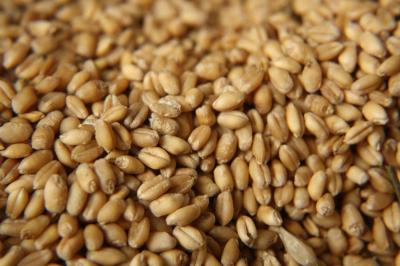
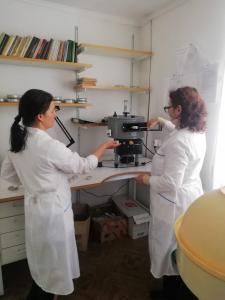

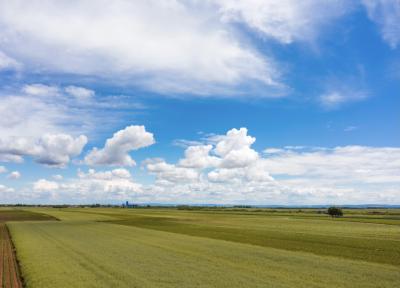
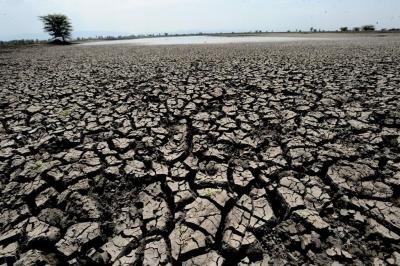


Обсуждение